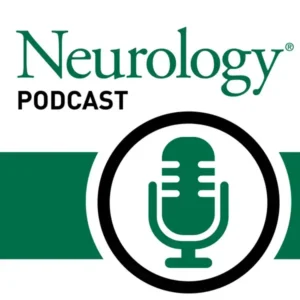
The Economic Cost of Functional Neurological Disorders
Insights from a Neurology Podcast Interview on a 2023 Systematic Review
John Stone, MD & Mahinda Yogarajah, PhD
Neurology Podcast (2023)
- Financial
- Podcast, Premium Content, Resource Summary
Key Takeaways
- FND carries hospital-level price tags. Average yearly direct costs top $62 k per adult—on par with refractory epilepsy and multiple sclerosis.
- A clear, early diagnosis saves money fast. Communicating an FND diagnosis (often through video-EEG monitoring) can cut healthcare spending 40–86 % within a year.
- Indirect costs add hidden weight. Lost work, caregiver time, and disability benefits drive the true economic burden far higher than hospital bills alone.
- Building dedicated care pathways is cost-effective. Structured, multidisciplinary programs (e.g., physiotherapy for movement symptoms, CBT for functional seizures) meet—or nearly meet—national cost-effectiveness thresholds.
Click to read full summary
The Essentials
This conversation distills a landmark systematic review quantifying how much FND really costs patients and health-care systems. Drs. Stone and Yogarajah reveal that people with FND generate expenses comparable to other chronic neurological illnesses, yet often receive piecemeal care. They spotlight striking evidence that simply making and communicating the diagnosis early slashes unnecessary tests and admissions, freeing resources for therapies that improve quality of life.
For individuals and care partners, these numbers translate into powerful talking points when advocating for timely referrals, insurance approvals, or workplace accommodations. For clinicians, the data underscore that investing in well-defined FND services is not only morally right—it is fiscally smart.
Why This Matters for FND
FND symptoms can be dismissed as “too expensive to treat.” This episode arms you with concrete figures to challenge that stigma and argue for evidence-based, coordinated care that reduces both personal and system-wide costs.
Resource Qualities
Applicability:
Accessibility:
Evidence-Based:
Practical Value:
Practical Applications
For Individuals With FND
Low-Energy Days:
- Keep a one-page “Cost Facts” sheet (key stats above) to share at appointments—no extra research needed.
Building Long-Term Wellness
- Use the data to request referral to an FND-informed team or tele-CBT/physio program, emphasizing cost savings.
For Care Partners
Supporting Your Loved One
- Help track healthcare spending before and after diagnosis to document improvements.
Caring For Yourself
- Set a quarterly “financial check-in” to review benefits and avoid surprise costs, reducing your stress.
When This is Most Helpful
- Ideal right after diagnosis (or misdiagnosis) to advocate for specialized care.
- During cycles of repeated ER visits or costly tests.
- For care partners seeking concrete data to support leave-of-absence or disability claims.
This summary is provided for informational purposes only and does not constitute medical, financial, or legal advice. It is not intended to replace professional consultation or treatment. Always consult qualified providers regarding your specific circumstances, symptoms, or questions.
